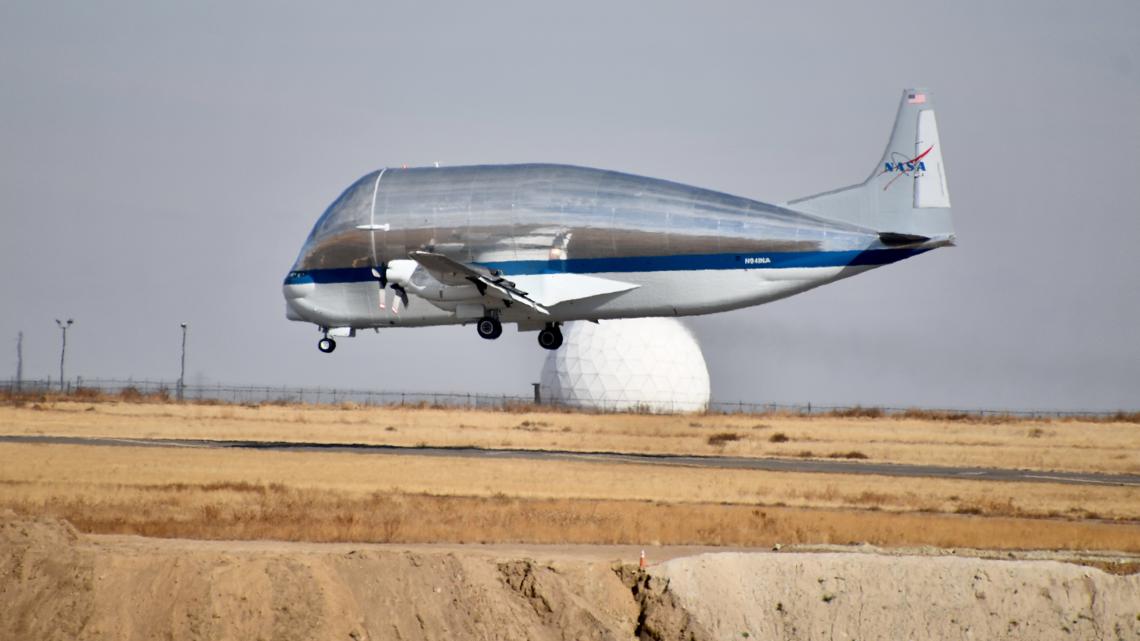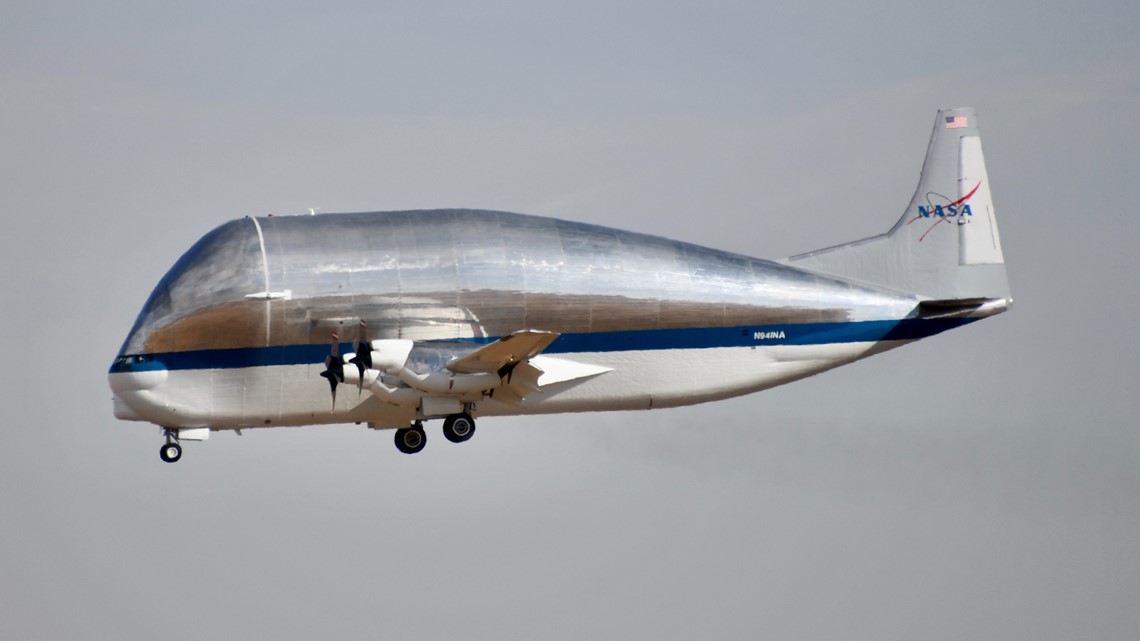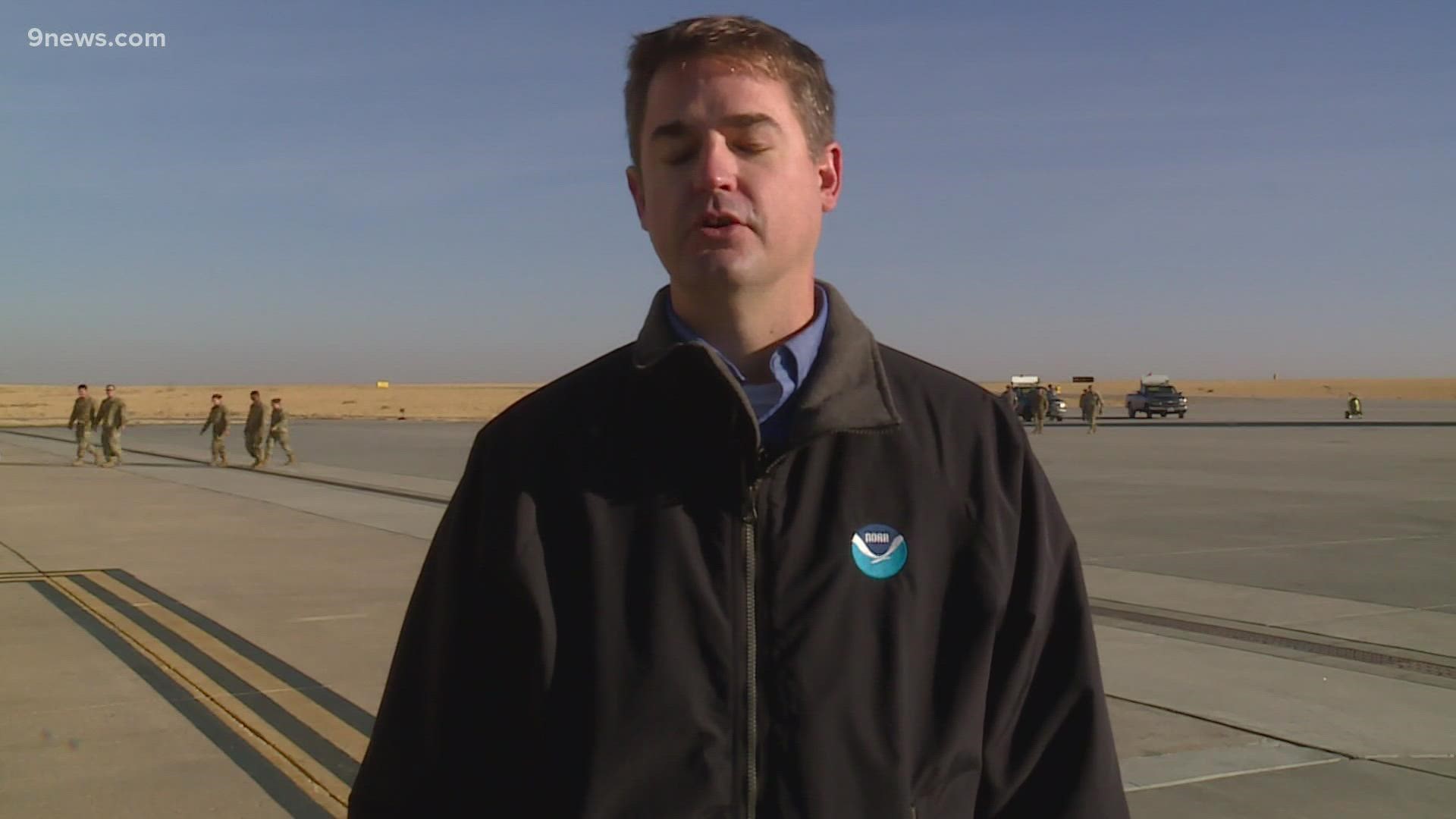AURORA, Colo. — The Geostationary Operational Environmental Satellites (GOES) have been watching over the weather in the United States since 1975.
Many of them have been decommissioned, but the latest generation of GOES is a series of four spacecraft that will carry the science of meteorology through at least 2036.
The first, GOES-16, was launched in 2016 and reached its operational position over the eastern half of the country in December 2017. The second, GOES-17, was launched in 2018 and was positioned over the western U.S. in February 2019.
Two other satellites were intended to be backups that would be launched and stored in orbit in case the other satellites malfunctioned.
Turns out, the backup is already being sent into the starting lineup.
It wasn't long after the GOES-17 launch, in 2018, that scientists realized there was an issue with one of its sensors.
"There is a cooling issue with the Advanced Baseline Imager," said Dan Lindsey with the National Oceanic and Atmospheric Administration (NOAA). "It only affects the infrared bands that allow us to see clouds and water vapor at night."
He said the glitch only happens at certain times, when the sunlight hits the satellite at just the right angle. Scientists still receive more than 90% of the data it was designed to deliver, but that lapse in performance was just enough for NOAA to call up the backup satellite.
Engineers at Lockheed Martin just completed the build on GOES-18, which will be called GOES-T until it reaches orbit, and they have declared it ready for launch.
"A satellite like this, from the concept to development is eight or nine years," said Arleen Knaub, deputy program manager for GOES at Lockheed Martin.
She said when the advanced suite of six instruments is working properly, the two operational GOES satellites will push meteorology to a new level of precision.
"Meteorologists have developed these algorithms based on all the data they are getting down from these instruments that help predict how our weather's changing," she said.
The key to the enhanced precision and the machine learning techniques being implemented by today's meteorologists is resolution.
“Resolution means that we can see smaller things than we were able to see before,” Lindsey said. "We can now see things about four times smaller."
Lindsey said GOES can spot the bubbling of cumulus clouds, indicating the formation of severe thunderstorms. It can pinpoint weather activity like individual lightning strikes and tiny vortices in the eye of a hurricane signaling possible rapid intensification or changes in direction. It can even spot wildfires when they’re smaller than an acre.
Before this satellite can be a pilot for meteorology, it must first be a passenger. It was loaded onto a C5 transport jet at Buckley Space Force Base on Tuesday morning and will be shipped to Cape Canaveral, Florida.
“A lot of people put a lot of time into making sure it’s done very carefully, so I’m not particularly nervous about it, but definitely an exciting time,” Lindsey said.
The launch date is scheduled for February. GOES-18 will be positioned in roughly the same spot that the faulty GOES-17 occupies now, over the western U.S.
If the satellite passes its testing phase, which could take more than six months, it will be made operational, and GOES-17 will be moved into a storage orbit to be used in a backup role.
Lockheed Martin engineers will now focus on the build of the fourth and final weather satellite, GOES-19. The plan is to launch it in April 2024, where it will also be placed in a storage orbit as a second backup.
SUGGESTED VIDEOS: Science & Weather





